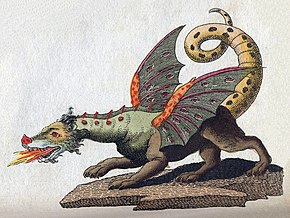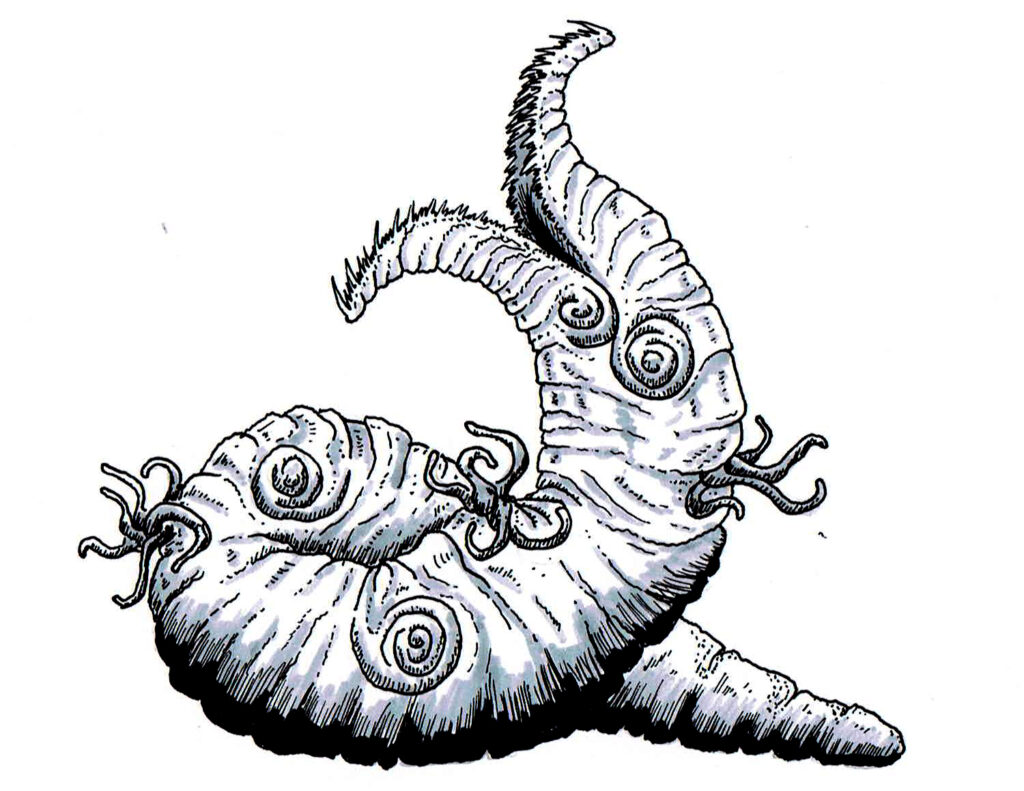
I’m running a Fifth Edition campaign (see “Nemesis Queens”), and we are having a lot of fun. But as the DM, I am struggling more and more to run combat. The players are all level 6 now, so they have extra attacks, and powerful spells, and a trunk full of magic items. And the big problem is that my players are all very creative and insightful people, meaning that they are very good at killing my monsters.
They say they are having fun, and I believe them. But a couple of things are starting to happen, and I think they are Bad Things. First, the combats are taking longer, which I think is somewhat boring if there isn’t much dialog or plot moving forward. Second, the players rarely get injured, much less killed. So while there is always a small danger of something bad happening to them… it never does. And third, the players are brilliant at neutralizing my monsters to prevent their Special Abilities from working… so “interesting” things rarely happen.
Now, I understand the action economy, and I’ve studied Colville’s Action Oriented Design, and I have been retooling my monsters to try to keep up with my players. But the math (and the dice) just aren’t going my way. So I need to do better math.
Analysis
I went over my players’ character sheets and figured out that together they can do an average of 100 points of damage to a creature with 18 AC per round. That’s without action surges and Haste and other powers that they have. So I need a challenging monster to have 20 or 22 AC to at least stay alive for a few rounds.
My PCs also have an average of 16 AC and 54 HP. So I need my monster’s attack rolls to be at least +6 to hit, and do around 21 (6d6) damage just to make the players flinch.
Also, the PC spellcasters have an average spell save DC of 16, so my generic monster needs a general saving throw of +6 to avoid being held or blinded or stunned.
Result
It would seem that, to fight my party of Level 6 heroes, my generic monster needs 22 AC, +6 to hit, 6d6 damage, and +6 to saves.
Notice all those sixes? That’s pretty convenient. Let’s make a table!
Level 1 | 12 AC | 10 HP | +1 to hit | 1d6 damage | +1 to save
Level 2 | 14 AC | 20 HP | +2 to hit | 2d6 damage | +2 to save
Level 3 | 16 AC | 30 HP | +3 to hit | 3d6 damage | +3 to save
Level 4 | 18 AC | 40 HP | +4 to hit | 4d6 damage | +4 to save
Level 5 | 20 AC | 50 HP | +5 to hit | 5d6 damage | +5 to save
Level 6 | 22 AC | 60 HP | +6 to hit | 6d6 damage | +6 to save
Level 7 | 24 AC | 70 HP | +7 to hit | 7d6 damage | +7 to save
Thoughts
Obviously, this system is only meant to work for a certain type of challenging monster. You probably wouldn’t be scaling up your normal goblins and skeletons with this. Also, this is a reflection of what’s happening in my current campaign. It’s based on what my particular players are capable of right now.
Combined with some interesting environments, Reactions, and minions, I think this approach will help me out. But I will report back on how it goes.
What tricks have you tried to better challenge your mid-level players?


The YouTube channel “Dungeon Craft” has a couple episodes where he discusses some rules he uses and doesn’t use to help with some of the ‘bloat’ in 5e. Such as; group initiative for combat, max hp for PCs is 20, etc. There is also “5e Hardcore” by Runehammer Games, and I found the SRD for it: https://www.5esrd.com/gamemastering/alternative-rules-other-publishers/5e-hardcore-mode/
Hope that helps!
Thanks!
I just chatted with one of my players, and they really like our current combat system. They like the rules as written. I think part of my issue is that running combat as the DM is just more work (and less fun) than experiencing combat as a player.
Just twisting the dial to raise or lower stats won’t be that interesting — it’s just an arms race.
Consider instead providing strengths and weaknesses that need to be worked around or leveraged — the players now need to come up with tactics appropriate to the situation (after figuring out the monster puzzle).
These encounter quirks can even be simply due to the environment.
You’re right, fixing the stat block is just one step, but it’s a step I need to take so I can run combat more efficiently and less stressfully. I do especially like to manipulate the environment and create dynamic effects, like moving shafts of sunlight in a room full of vampires. I think another key element is to give the enemy an explicit goal, such as “Kill the mage” or “Steal the sword” and then escape, rather than “Fight everyone to the death!”